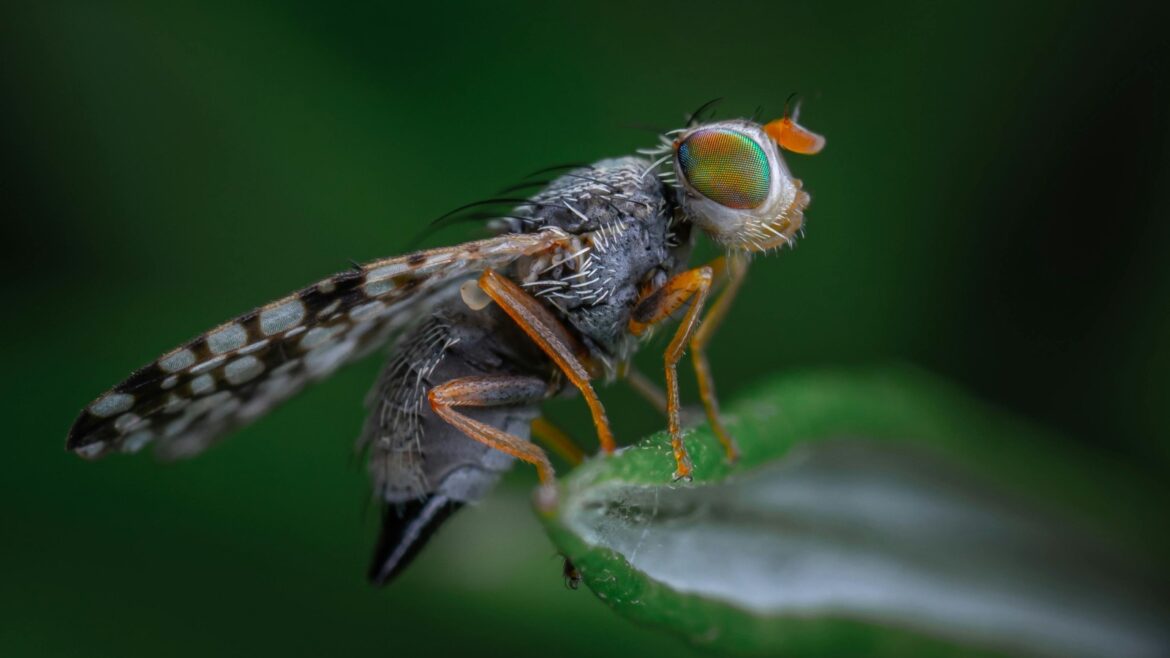Researchers in Japan have discovered that, through gene editing, it’s possible to completely change the behavior of animals. By simply swapping the gene, that animal’s body has been shown to adapt and grow to form the new trait that was manually edited in.
This technology is still early on in testing. We’re a bit away from cats barking and dogs meowing, but the roots of the tech are there and have already been proven to work on fruit flies.
Article continues after ad
By swapping just a single gene, scientists were able to completely rewire the brains of two genetically distinct species of fruit fly to swap their mating rituals.
And, while that may not sound like a big deal, their bodies physically adapted around the new gene just because scientists edited it. While small now, this science applied at scale could be revolutionary.
Japanese researchers discover how to swap animal traits
Researchers at Nagoya University accomplished this by swapping the genes between two fruit fly species, one belonging to Drosophila suboscura and the other being D. melanogaster. They’re in the same family, but that’s still pretty distinct in genetic terms.
Article continues after ad
Article continues after ad
New Atlas describes the process of bringing back genes that are this far apart in fruit flies as turning back literal tens of millions of years’ worth of evolution. And scientists managed to do that in one go, all by altering one gene.
D. melanogaster flies perform singing as their mating ritual, while Drosophila suboscura give “gifts” to potential mates in order to court them. Nagoya researchers reversed these rituals naturally. Aside from the gene alteration, no environmental changes were introduced to push them more toward one behavior. The flies just did it of their own accord.
Article continues after ad
Pexels/Erik Karits
Additionally, their bodies grew and changed to support the new gene. The singing fly developed stronger muscles to produce the right sound, and the other made changes to its visual and motor functions in order to throw up a “gift”.
In other words, scientists skipped millions of years’ worth of evolution in one fell swoop. And, considering that flies are around 60% similar to humans, the idea of jumping traits from one animal to another is now within feasible reach. It’d take time to figure out and implement at scale, but this could be a huge breakthrough across pretty much any industry that relies on animal products.
Article continues after ad
Article continues after ad
And, while it will surely be a while until things like gene therapy are applied to humans, it is possible for this tech to be used in that way.
Scientists have also recently discovered how to turn back time. Though it’s only for a single particle, it could theoretically apply to much larger objects.

